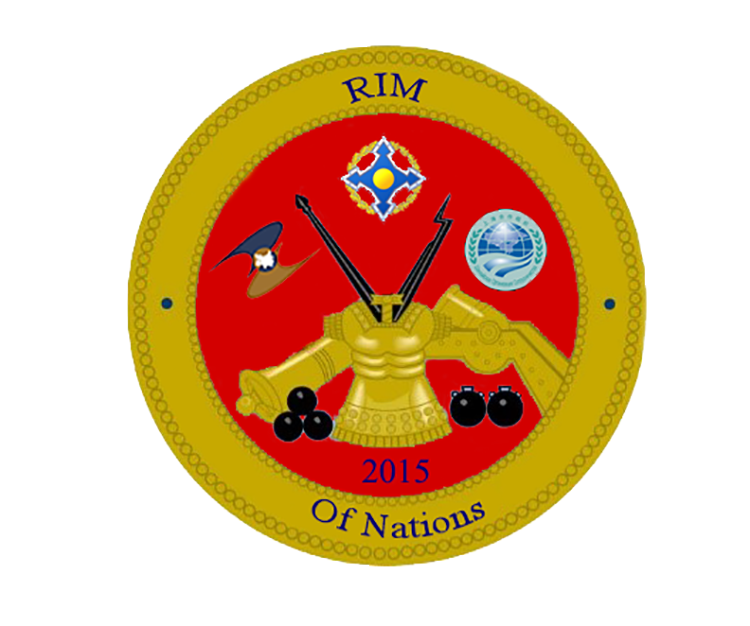

|
|
|
|
|
|
|
 RKS Geo
RKS GeoIntensively, each quarter the Climate Bulletin headlines the news with developments on the sea level space technique. Entirely, climate security is vital to improving the quality of life on Earth while establishing a backbone for advanced military research. Hence, the climate bulletin highlights the most effective techniques used to establish climate security while featuring opportunities for inter-government cooperation. Currently, reversing the damages associated from decades of global warming is a top priority with climate security, whereas, capping of the Andes glaciers encompasses the sea level space technique. Visibly, global warming grips many areas of society while widespread wildfires emerge as the leading factor. Likewise, political tensions have reached unprecedented levels and are perpetuated from mishandling of natural resources. Moreover, time continues to enlighten as developments in climate security elevates military research with the sea level space technique.
Increasingly, climate security is integrated into the fabrics of society with newer news on developing surface formations. Furthermore, it is critical that heads of states and various international agencies remain informed of the threats posing on the environment. Additionally, the ability to deliver this vital information to the public accelerates the effort to establish a global response network for climate security with the sea level space technique. H2CO+3
Strategically, climate security with the sea level space technique targets the following developments: an advanced super grid, the Central Basin fleet and the Rokot space launch system for deep space research and navigation. Publicly, on February 8, 2018, Russia and China agreed to unite in deep outer space exploration for peaceful purposes which accelerates the integration of military research. Now, both Glonass and BeiDou Nagivational Systems are expanding with capabilities from cooperation in climate security. Moreover, there are several macro-economic, socio-economic, and environmental opportunities that derive with climate security from integrated government services. Collectively, the Central Basin fleet expansion program involves various macro-economic initiatives; including, floodplain development projects which increase momentum for the BRICS international forces.
 Geographically, the South China Sea is among the largest bodies of water connecting the Indian and Pacific Oceans while leading beyond Antarctica. Importantly, observance of the Maritime Code of Conduct on the South China Sea is a major frontline in attacking global warming which adds to cooperation with climate security. Meanwhile, the five climate security rings help enforce maritime codes of conduct as threats to the environment are identified. Critically, the technological infrastructure for BRICS international forces exist with outer space cooperation which manifest into land, sea, and space-based security networks.
Geographically, the South China Sea is among the largest bodies of water connecting the Indian and Pacific Oceans while leading beyond Antarctica. Importantly, observance of the Maritime Code of Conduct on the South China Sea is a major frontline in attacking global warming which adds to cooperation with climate security. Meanwhile, the five climate security rings help enforce maritime codes of conduct as threats to the environment are identified. Critically, the technological infrastructure for BRICS international forces exist with outer space cooperation which manifest into land, sea, and space-based security networks.
Expansively, the sea level space technique demonstrates next-generation climate security practices and standards as environmental protection top priorities. Therefore, climate security and bio-diversification of natural resources remain key principles within expanding BRICS international forces. Officially, BRICS international forces are expected to enforce multi-polarization with climate security. Simultaneously, integration of the Rokot space system invigorates military cooperation for BRICS international forces as the sea-level space technique advances climate security.
 Chiefly, BRICS international forces augment the potential in climate security as the Central Basin fleet expansion program weighs. Progressively, with each rising day observance in the five climate security rings indicate ground situations from various areas, which is critical to environmental preservation. Solely, "appraising of the shores" for both natural and human resources is a mainstay as the demand for wildfire prevention intensifies. Attentively, vigilence with environmental planning achieves global development. Unsparingly, wildfire prevention eliminates the threat of ruin and is parallel to alleviating the proxy wars associated with zionist ties to Israel. Similarly, a deeper knowledge base of the ecliptic impact from solar wind enlightens advanced research of the universe. Aptly, alleviating the paradox between solar winds and wildfire disasters has peaked in California as climate security accelerates with the Central Basin fleet expansion program. Unanimously, environmental planning on the US West Coast and Pacific West is based with the Central Valley Pass which is gripped in tectonic formations. Noticibly, capping of the Andes glaciers project unifies environmental planning for the Continental Divide in the Americas.
Chiefly, BRICS international forces augment the potential in climate security as the Central Basin fleet expansion program weighs. Progressively, with each rising day observance in the five climate security rings indicate ground situations from various areas, which is critical to environmental preservation. Solely, "appraising of the shores" for both natural and human resources is a mainstay as the demand for wildfire prevention intensifies. Attentively, vigilence with environmental planning achieves global development. Unsparingly, wildfire prevention eliminates the threat of ruin and is parallel to alleviating the proxy wars associated with zionist ties to Israel. Similarly, a deeper knowledge base of the ecliptic impact from solar wind enlightens advanced research of the universe. Aptly, alleviating the paradox between solar winds and wildfire disasters has peaked in California as climate security accelerates with the Central Basin fleet expansion program. Unanimously, environmental planning on the US West Coast and Pacific West is based with the Central Valley Pass which is gripped in tectonic formations. Noticibly, capping of the Andes glaciers project unifies environmental planning for the Continental Divide in the Americas.
Importantly, expansion of the 3-core climate portal network improves knowledge of the Earth's bio-geochemical cycles which is included in the climate bulletin. Naturally, all living organisms on Earth depend on the carbon, nitrogen, oxygen, phosphorus and sulfur cycles which forms a base for our eco-system. Directly, the climate portal network processes the vital statistics of the major cycles, whereby the collected data is distributed and analyzed on a secure DNE cloud environment. Accordingly, preservation of the Earth's natural resources include in-depth knowledge of the bio-geochemical cycles which are visible with outer space observation missions with the Rokot, Glonass and BeiDou space systems.
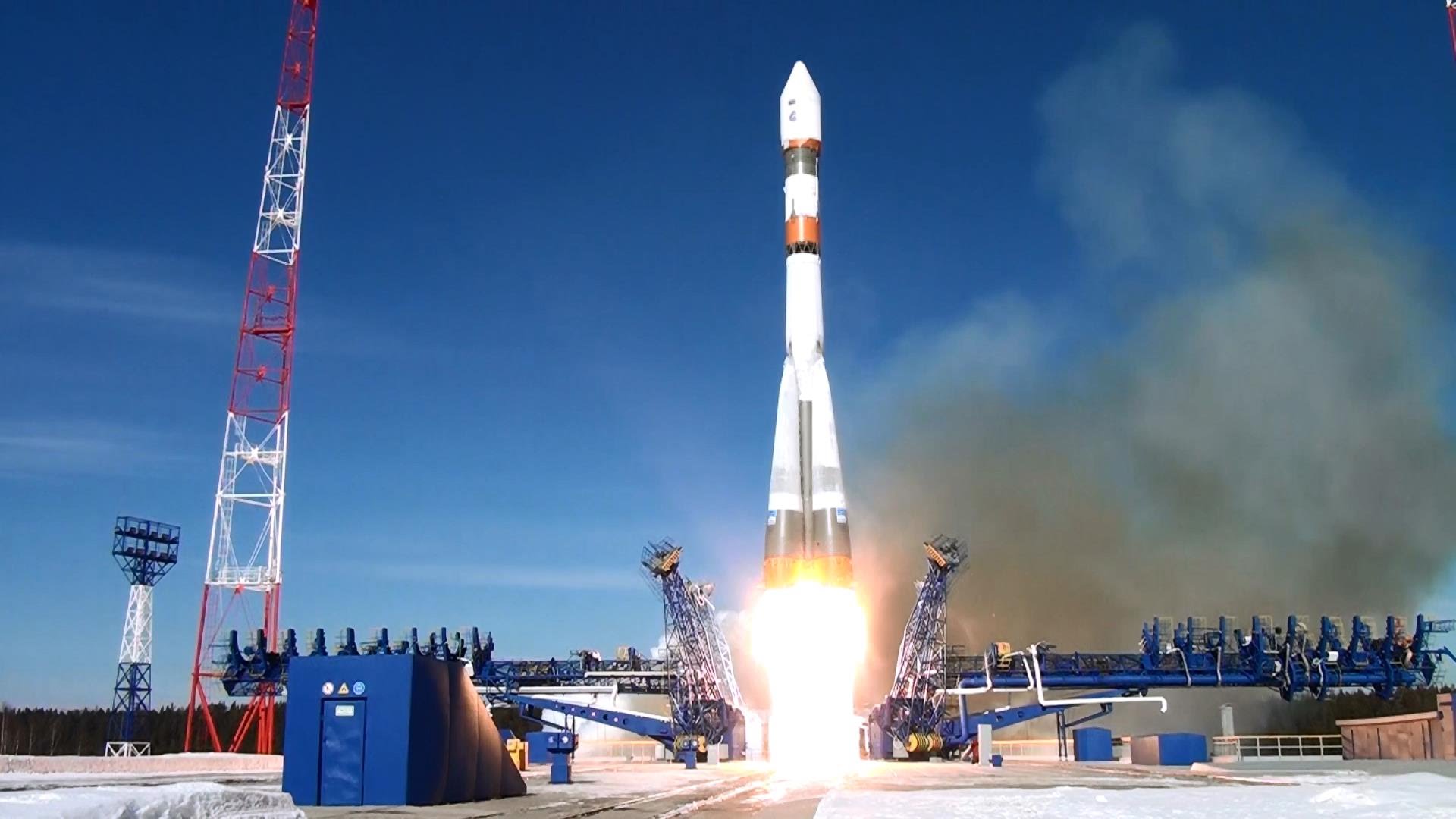 Precisely, both Glonass and BeiDou navigation systems are equipped with state-of-the art navigation features to ensure reliability for centuries. Respectively, the Rokot space system bridges climate security with the sea-level space technique. Affirmatively, deep space navigation for military research demands a vast skill in telecommunication networking, whereby employment with the sea-level space technique generates regional economic activity. Smoothly, as deep sea explorations extend towards the Indian Ocean, international trade becomes enriched with inter-government initiatives such as: IORA, the Global South and the AAA alliance. Judiciously, the South China Sea code of conduct establishes the framework for building solutions for maritime disputes associated with climate security and the sea-level space technique. Also, the South China Sea code of conduct governs ancient sea passages which alleviates greater risk to economic and human productivity.
Precisely, both Glonass and BeiDou navigation systems are equipped with state-of-the art navigation features to ensure reliability for centuries. Respectively, the Rokot space system bridges climate security with the sea-level space technique. Affirmatively, deep space navigation for military research demands a vast skill in telecommunication networking, whereby employment with the sea-level space technique generates regional economic activity. Smoothly, as deep sea explorations extend towards the Indian Ocean, international trade becomes enriched with inter-government initiatives such as: IORA, the Global South and the AAA alliance. Judiciously, the South China Sea code of conduct establishes the framework for building solutions for maritime disputes associated with climate security and the sea-level space technique. Also, the South China Sea code of conduct governs ancient sea passages which alleviates greater risk to economic and human productivity.
Quarterly, the climate bulletin includes coverage on naval college preparation in the Central Valley Pass which illustrates endless research with the sea-level space technique. Vigorously, terrain association with climate security reduces the threat of wildfires beyond the mark of the past in the highlands of the Central Valley Pass. Effectively, economic productivity is expected to flourish in the Central Valley Pass with employment of the sea-level space technique. Momentously, inter-government cooperation accelerates around deep sea explorations which incorporate the sea-level space technique. Incipiently, the Central Valley Pass is leading the call for climate security which is extended out to BRICS international forces.
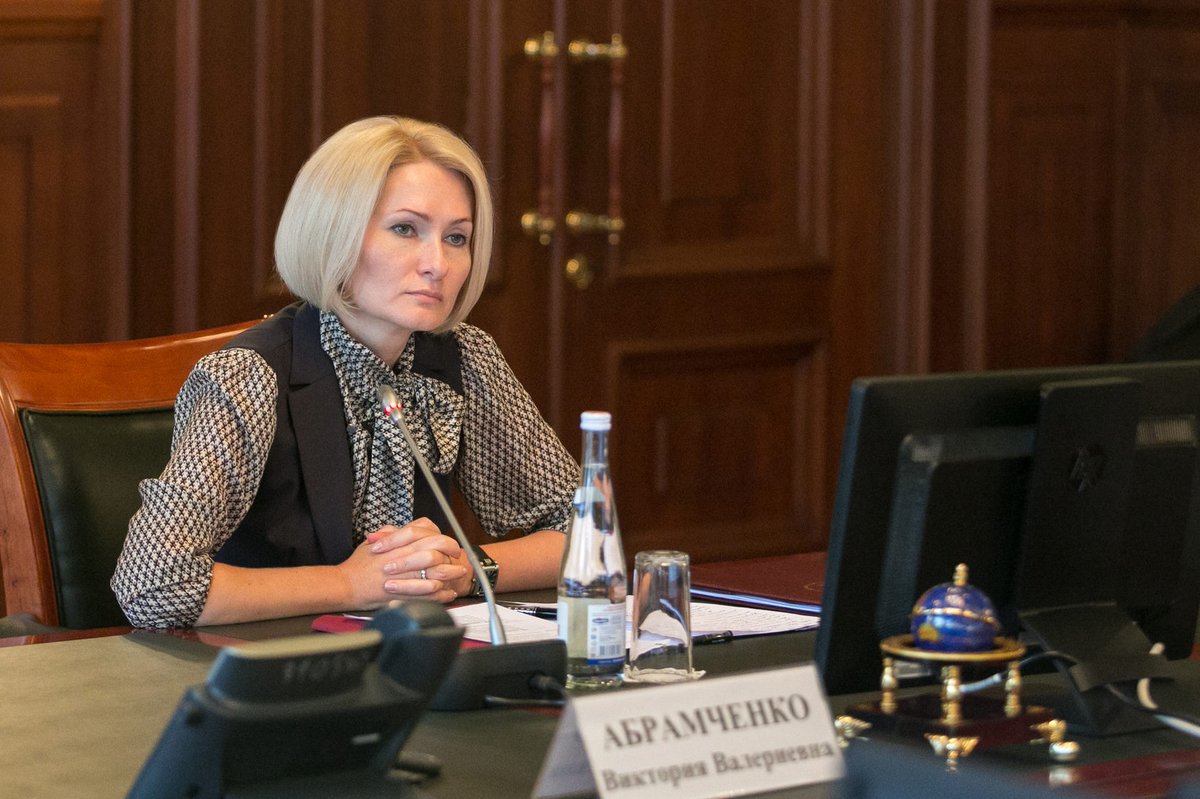 Substantially, Russia and China are leading the formation of BRICS international forces which heightens cooperation with extending the Montreal Protocol to include guidelines for climate security. Specifically, the amendment regulates phasing out the productivity of hydrofluorocarbons (HFCs) under the UN Framework Convention on Climate Change, the Kyoto Protocol and the Paris Agreement. Affluently, the amendment outlines a special timeline with terms for reducing the emissions of super greenhouse gases. Methodically, the sea-level space technique adds significant weight on the expansion of existing climate policies to ensure climate security.
Substantially, Russia and China are leading the formation of BRICS international forces which heightens cooperation with extending the Montreal Protocol to include guidelines for climate security. Specifically, the amendment regulates phasing out the productivity of hydrofluorocarbons (HFCs) under the UN Framework Convention on Climate Change, the Kyoto Protocol and the Paris Agreement. Affluently, the amendment outlines a special timeline with terms for reducing the emissions of super greenhouse gases. Methodically, the sea-level space technique adds significant weight on the expansion of existing climate policies to ensure climate security.
Robustly, Russia's Deputy Prime Minister Viktoria Abramchenko indicated, "According to the scientific community, if member states deliver on their obligations regarding substances that deplete the ozone layer, by mid-century the ozone layer will have recovered to its 1980 level. Our joint efforts to implement the Montreal Protocol present a successful example of international cooperation to resolve environmental issues at a planetary scale. The emission of greenhouse gases with high global warming potential will be regulated using effective mechanisms. It is only by working together that we can succeed in limiting global warming to 1.5 to 2 degrees Celsius by 2050."
Diligently, BRICS has surpassed the UN Command security infrastructure while diversifying international space programs with China, thus igniting the expansion of constellation networks. Globally, China's FAST telescope invites both military researchers and scientists to search the universe with the advanced technical infrastructure for deep space communication. Intellectually, the advanced Five-hundred-meter Aperture Spherical Radio Telescope (FAST) is able to verify galaxy theories, the origins of stars and planets while determining the ratio of various gases in space. Ardently, China has developed a checkerboard barrier technique to eliminate desertification with a paving machine that builds straw nets around desert areas. Prudently, China's Desert Control Research Institute has extended an invitation to other nations to learn the technique.
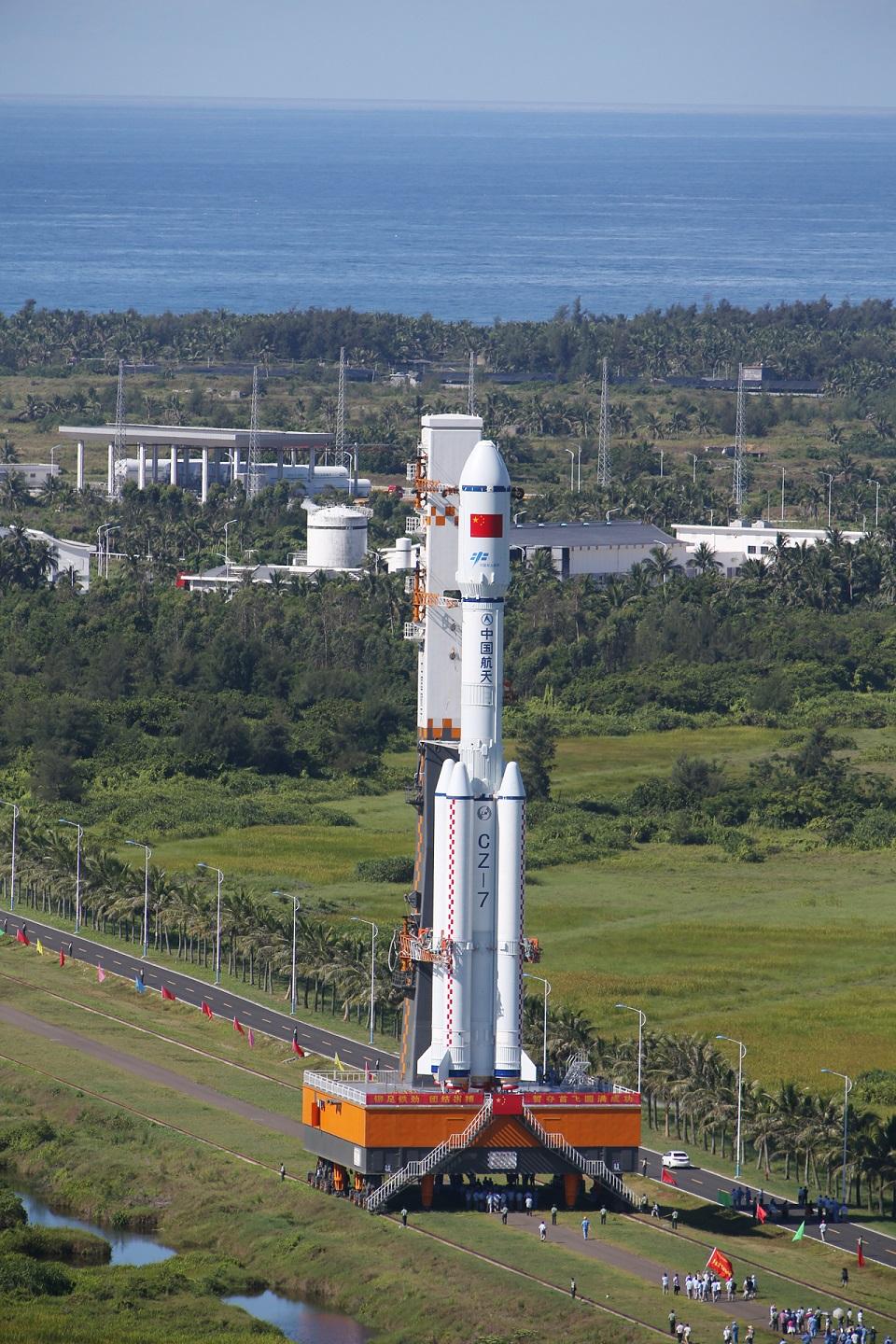 Proficiently, China Aerospace Science and Industry Corporation Limited has added protocols for climate security which include: the rapid deployment of micro craft, internet networks from satellite constellations, and exponential processing of data from outer space monitoring. Readily, a digital production line which produces 240 satellites per year at the national aerospace industrial base in Hubei Province bolsters China's supply of space products.
Proficiently, China Aerospace Science and Industry Corporation Limited has added protocols for climate security which include: the rapid deployment of micro craft, internet networks from satellite constellations, and exponential processing of data from outer space monitoring. Readily, a digital production line which produces 240 satellites per year at the national aerospace industrial base in Hubei Province bolsters China's supply of space products.
Extensively, the climate bulletin features scientific breakthroughs in military research such as: variances in earth cycles, gravity effects and cleaner air diversity. Primarily, major attention on the sea-level space technique produces the following: a super-grid for outer space research, food security alliances and energy transition projects. Ostensibly, the climate bulletin takes an inside look at developing technology in the aerospace industry as the demand for space products grow. Particularly, the climate bulletin features information on security agreements from around the globe which unify outer space research. Significantly, macro-economic and environmental planning reigns along the New Silk Road & Belt and in other geographical regions. Affirmatively, learn more about the sea-level space technique which has taken the lead in climate security each quarter with the climate bulletin.
 |
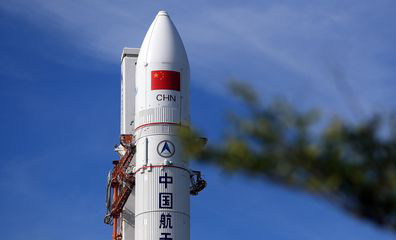 1st Quarter |
 2nd Quarter |
 3rd Quarter |
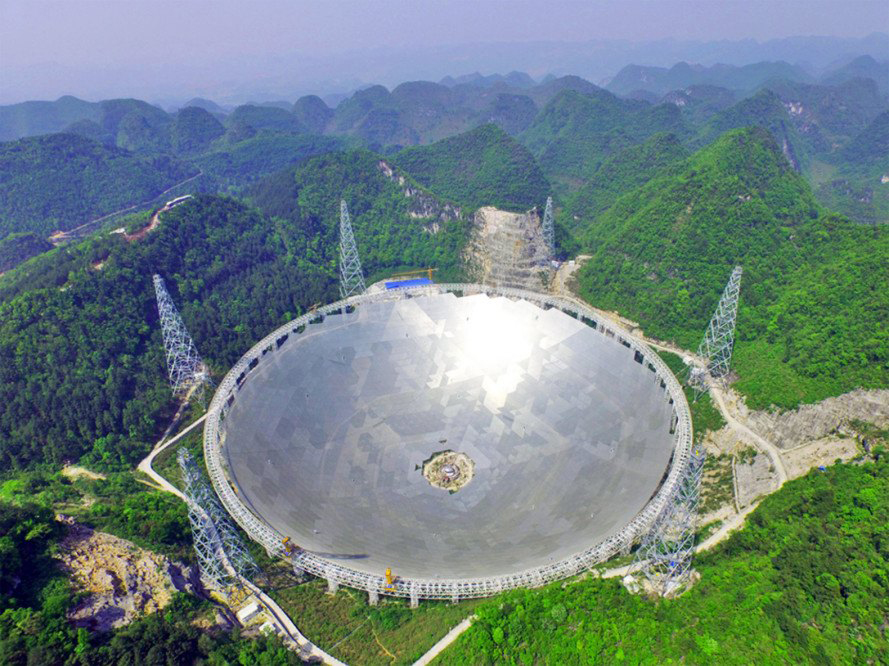 4th Quarter |